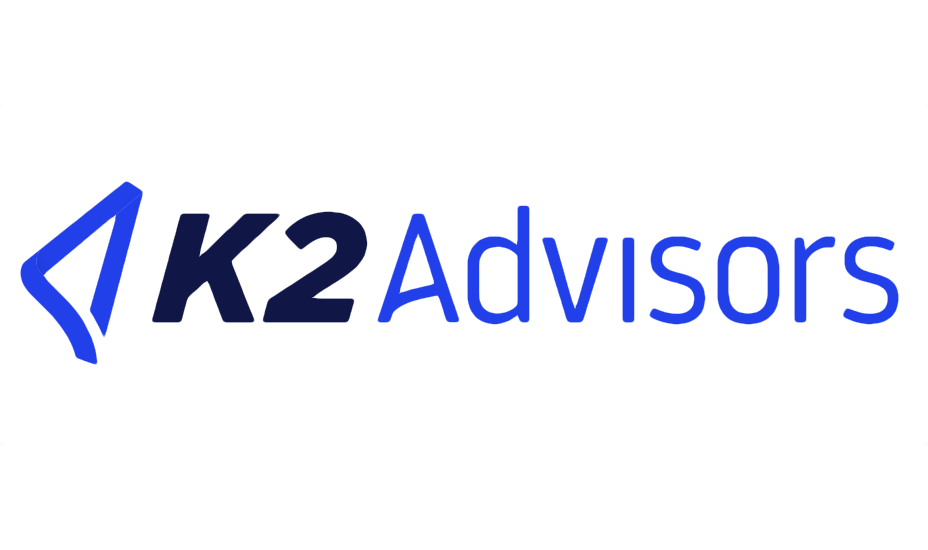ILS market yield potential remains attractive, cat bonds still top-pick: K2 Advisors

K2 Advisors, the hedge fund focused investment management unit of Franklin Templeton, believes that the forward-looking total yield potential of insurance-linked securities (ILS) remains attractive despite recent spread tightening, leading the manager to keep catastrophe bonds as its top sub-sector pick.
Looking to the rest of the second-quarter of 2024, overall, “the ILS market remains attractive,” after a more orderly period of reinsurance renewals and recent tightening of spreads, K2 Advisors said.
“The rate-on-line for private ILS strategies and the catastrophe bond market spread remain elevated and provide appealing total yield potential,” the alternative asset manager explained.
K2 Advisors continues to believe that investors should look to alternatives, such as insurance-linked securities (ILS), as diversifying strategies are an advised complement to their long-only portfolios, which the asset manager cautions are “only becoming more and more correlated to one another.”
Which makes accessing relatively uncorrelated returns from an asset class such as ILS and reinsurance all the more important right now.
They explain, “We think it is prudent to think of future returns and risk distributions as being wider and having fatter tails to both the upside and downside. Active asset managers, of which hedge funds are the most agile and dynamic, may need to be a larger component of asset owners’ portfolios for the foreseeable future.”
On ILS, the K2 Advisors team note that, “The forward- looking total yield potential in ILS markets remains attractive.”
You can analyse the yield of the catastrophe bond market using Artemis’ chart.
While catastrophe bond spreads tightened in response to supply-demand dynamics, the team still believe stabilisation is ahead.
“Given the projections for an extremely active year of primary market issuance, coupled with the fact that we’ve already seen over US$5 billion of such offerings during the first quarter, we expect spreads will likely stabilize as we approach hurricane season,” the K2 Advisors team explained.
Adding that, “The combination of increasing investor demand for more senior ILS risk and higher total insured values (likely due to economic inflation) has led the catastrophe bond market to reach its largest size on record.
“The current spread environment, coupled with meaningful collateral return, continues to provide, in our view, an attractive entry point for investors into the catastrophe bond market.”
K2 Advisors maintains an “overweight” view on the insurance-linked securities (ILS) sector as a whole, given the still attractive returns it can generate for investors.
On catastrophe bonds, private ILS transactions (so collateralized reinsurance) and retrocession, K2 Advisors remains with a “strongly overweight” view.
While the manager is “neutral” on industry-loss warranties (ILW’s) and “strongly underweight” life ILS investments.
When it comes to ranking those sub-sectors, which K2 Advisors does versus other alternative and hedge fund asset classes using a conviction and type of investment weighting as to how it might recommend a strategy, the manager places catastrophe bonds right at the top.
Cat bonds have a z-score of 2, retrocession 1.6, private ILS transactions 1.4 and these all come in the top four recommended sub-sector strategies, in K2 Advisor’s opinion.
Such scoring and recommendation are seen by end-investors, which can only be good for the long-term visibility and popularity of the ILS asset class.
Reflecting on the year so far, the K2 Advisors team say that, “The lack of pricing giveback following the rate reset last year was a strong positive sign of the future health of the markets,” at the key January reinsurance renewals.
Looking ahead, for catastrophe bonds in particular, the investment manager explained, “We expect to see some level of spread stabilization over the next several months, as increased primary market activity will help soak up excess cash in the market.
“There was a record setting US$15 billion of new catastrophe bond issuance in 2023, and early indications suggest primary market issuance in 2024 could set another record.”






